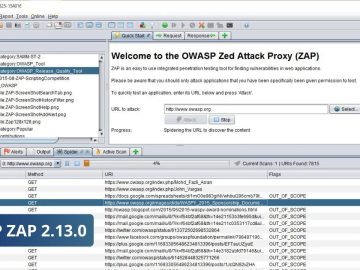Microsoft has disclosed two critical vulnerabilities in its Remote Desktop Gateway (RDG) service, posing significant risks to organizational networks.
CVE-2025-26677 and CVE-2025-29831, both rated Important by Microsoft, enable denial-of-service (DoS) attacks and remote code execution (RCE), respectively.
These flaws, patched in Microsoft’s May 2025 security update, underscore persistent challenges in securing remote access infrastructure.
Security analysts warn that unpatched systems could face operational disruption or unauthorized access, particularly in enterprises relying on Remote Desktop Protocol (RDP) for remote workforce connectivity.
The vulnerabilities affect the RDG service, a component that mediates RDP connections between external clients and internal network resources.
CVE-2025-26677 stems from uncontrolled resource consumption (CWE-400), allowing unauthenticated attackers to overwhelm gateway servers with malicious network traffic, triggering a DoS condition.
The vulnerability scores 7.5 on the CVSS v3.1 scale due to its network-based attack vector and high impact on availability.
CVE-2025-29831, a use-after-free flaw (CWE-416), enables RCE by exploiting memory corruption during RDP session handling.
With a CVSS score of 7.5, it requires user interaction-such as convincing a victim to connect to a compromised server-but could grant full system control.
Microsoft attributes the lower exploitability rating to the complexity of chaining this vulnerability with other exploits.
Exploitability and Potential Impact
While neither vulnerability has been observed in active attacks, their existence in a widely used service like RDG raises concerns.
CVE-2025-26677’s DoS capability could cripple organizations dependent on remote access, particularly healthcare and financial sectors where uptime is critical.
The attack requires no authentication, making it accessible to low-skilled threat actors.
CVE-2025-29831’s RCE potential is more severe but harder to weaponize. Successful exploitation would require social engineering to lure users into connecting to malicious servers or compromising legitimate RDG instances.
Cybersecurity firm Trend Micro notes that such flaws often become part of ransomware payloads once exploit code circulates in underground forums.
Microsoft’s exploitability assessments classify both vulnerabilities as less likely to be exploited in the short term, citing the absence of public disclosure or active exploitation.
However, historical patterns show that RDP-related vulnerabilities, such as 2019’s BlueKeep, attract rapid adversarial attention once technical details surface.
Mitigation Strategies and Recommendations
Microsoft has released security updates addressing both vulnerabilities through its May 2025 Patch Tuesday cycle.
Organizations should prioritize applying these patches, particularly for RDG servers exposed to the internet.
For systems that cannot be immediately updated, network-level controls like rate limiting and RDP session monitoring can mitigate CVE-2025-26677’s DoS risk.
To reduce exposure to CVE-2025-29831, administrators should enforce multi-factor authentication (MFA) for RDG users and segment networks to isolate gateway services.
Microsoft also recommends disabling unnecessary RDP access and auditing remote connection logs for anomalous activity.
The Cybersecurity and Infrastructure Security Agency (CISA) has added both CVEs to its Known Exploited Vulnerabilities Catalog, mandating federal agencies to remediate them by June 4, 2025.
Private sector entities are urged to follow suit, given RDG’s prevalence in hybrid work environments.
The discovery of CVE-2025-26677 and CVE-2025-29831 highlights the evolving threats facing remote access technologies.
While immediate exploitation risks appear limited, the consequences of successful attacks demand proactive mitigation.
Organizations must balance patch deployment with layered defenses, recognizing that RDG’s critical role in modern IT infrastructure makes it a prime target for adversaries.
As remote work persists, continuous vulnerability management remains essential to maintaining operational resilience.
Find this News Interesting! Follow us on Google News, LinkedIn, & X to Get Instant Updates!




